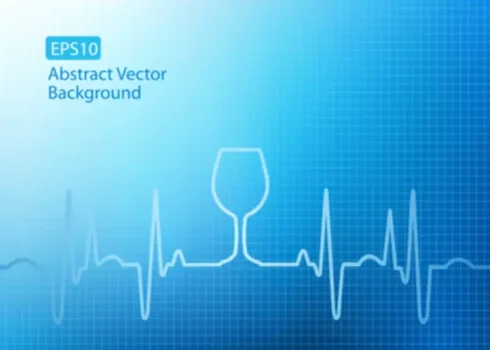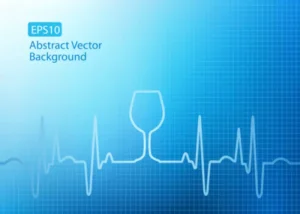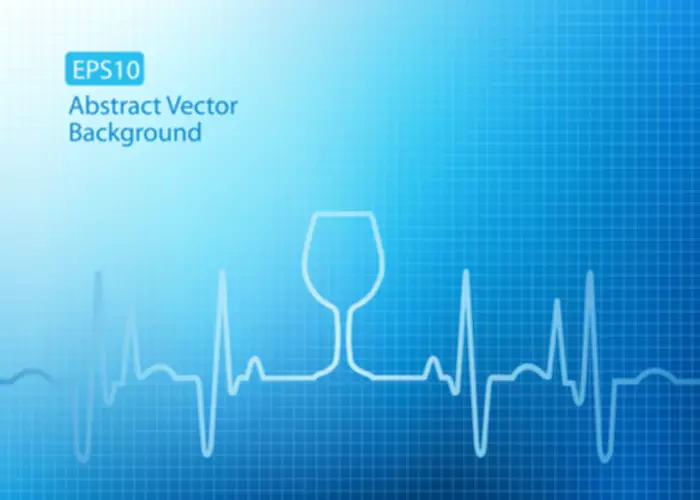
Heat exposure from hot showers may stimulate the transient receptor potential vanilloid type-1 (TRPV1) receptors on sensory nerve endings in the skin. Activation of these receptors by the shower-induced warmth could trigger neural responses that modulate pain perception and sensory input, potentially influencing the transmission of signals related to nausea and vomiting pathways in the brain. This mechanism implies that the analgesic and sensory effects of TRPV1 receptor activation might contribute to the relief experienced during hot showers for CHS patients. Cannabinoid hyperemesis syndrome (CHS) can affect people who use cannabis (marijuana) long-term. An electrocardiogram may be useful to assess the patient’s QTc interval, especially in the context of antipsychotic medication use, as well as before the administration of certain chs symptoms and signs antiemetics, which may prolong the QTc interval to extreme lengths.
Medical
- If you have any symptoms of severe dehydration, like dizziness, confusion and a rapid heartbeat, call 911 right away.
- Patients who fail to respond to antiemetic therapy are at high risk for dehydration and resulting in nutritional deficiencies.
- The pain is usually around the belly button and can get better with hot shower/baths.
- Adequate fluid resuscitation is crucial during the acute phase of CHS to avert complications and ensure physiological stability.
- The pro-emetic effects of two of these cannabinoids, CBD and CBG, have been discussed in this review and could conceivably play a role in the development of CHS.
- If you have symptoms, your doctor will do a physical exam and ask for your detailed medical history.
Indeed, with any syndrome that results in frequent vomiting, there is a concern for a disorder of electrolytes and fluid balance in the body. Patients who fail to respond to antiemetic therapy are at high risk for dehydration and resulting in nutritional deficiencies. Other known complications of forceful and uncontrolled vomiting include aspiration and subsequent pneumonitis or aspiration pneumonia as well as injury to the esophageal wall such as Boerhaave’s syndrome. While marijuana seems to bring on nausea in the stomach, in the brain it usually has opposite effect.
The Endogenous Cannabinoids (Endocannabinoids)
- They must be present for at least the last three months and the beginning of symptoms must be at least 6 months prior to the diagnosis being made.
- CB2 receptors are likely involved in the inhibition of inflammation, visceral pain, and intestinal motility in the inflamed gut 9,14.
- The pro-emetic properties of CBD (at higher doses) and CBG may play a role in the severe nausea and vomiting observed in patients with Cannabinoid Hyperemesis Syndrome (Figure 2).
- THC accumulates largely within body fat which serves as a long-term storage site for the drug 20,22.
To help you transition to the recovery phase, you can try a few home remedies such as regular hot baths. But too many of them may increase your risk for dehydration due to sweating. If you need help quitting, ask your doctor whether a drug rehabilitation program is a good fit for you. If amphetamine addiction treatment you’re interested, reach out to a mental health professional like a licensed psychologist or therapist.
Cannabis Cessation
Cannabinoids discovered in the cannabis plant with known effects on the regulation of emesis include tetrahydrocannabinol, cannabidiol, and cannabigerol. CHS symptoms typically present in a cyclical pattern every few weeks to months when cannabis is being used. As the utilization of cannabis transcends traditional boundaries, encompassing medical treatments, recreational indulgence, and wellness pursuits, the profound impact of THC and cannabinoids on gastrointestinal physiology is coming to light. The only proven way to prevent cannabis hyperemesis syndrome is to avoid cannabis (marijuana).
MeSH terms
Based on the categorization of functional disorders developed by Rome III, chronic marijuana use (CHS) is recognized as a mechanism for nausea and vomiting distinct from CVS 67. Although both conditions share an astonishing similarity, there are several significant differences. For example, CVS patients usually have important psychological comorbidities including depression and anxiety 64,65. In addition, CVS patients have a high prevalence of migraine headaches or a family history of migraines. Furthermore, gastric emptying rates in patients with CVS are often accelerated rather than delayed 46,65.
Health News

They’ll also examine your abdomen and may order tests to rule out other causes of vomiting. The only way to stop CHS and its symptoms is to completely quit using cannabis. Most people who quit using cannabis experience no more CHS symptoms within 10 days, but sometimes it may take weeks or months for symptoms to stop. Symptoms of CHS likely won’t return if you’ve completely stopped using cannabis. In older patients, especially those with hypertension, cardiovascular illnesses such as aortic pathology and atypical coronary artery syndromes may present as vague abdominal pain, nausea, and vomiting. Two distinct cannabinoid receptors, CB1 and CB2, have been identified in human and animal models.
History and Physical

Table 2 summarizes some of the epidemiological and clinical characteristics that may help distinguish CVS and CHS. The most effective treatment during the hyperemetic phase of CHS is the use of hot showers by patients. The effects of this learned behavior are temperature-dependent 6, fast acting 6, but short-lived 6,56,62. Hot showers improve symptoms of nausea and vomiting 6,52–56,60,62,68,71, abdominal pain 6,56,71, and decreased appetite 68 during the hyperemetic phase. The precise mechanism by which hot bathing produces a rapid reduction in the symptoms of CHS is unknown. It has been proposed that hot bathing may act by correcting the cannabis-induced disequilibrium of the thermoregulatory system of the hypothalamus 6.
Patients & Families
Since the 1990s, there has been a progressive change in the composition of the plant, with increases in the tetrahydrocannabinol (THC) and a reduction of cannabidiol (CBD).6 This trend correlates with increased cannabis use. Some individuals, for instance, also admitted to smoking 2000 mg of THC per day. The best and only way to prevent or reduce your risk for CHS is to avoid or quit marijuana use. Your doctor may ask you questions, like how long you’ve been using cannabis and what type of products you normally use. For example, if you smoke weed, eat edibles, use tinctures, or dab or vape THC, tell your doctor about any or all of them. This word is a combination of “screaming” and “vomiting.” You’re in so much pain that you’re screaming while you’re vomiting.
Differential Diagnosis

Additional treatments are needed and efforts to discontinue cannabis abuse are paramount. Cannabinoid hyperemesis syndrome (CHS) is a very unpleasant — and potentially dangerous — complication of long-term marijuana use. Because of this possible complication, it’s important to use caution with marijuana and other cannabis products. If you think you have CHS or cannabis use disorder, talk to a healthcare provider.
Addiction rehab programs or CBT may be helpful resources for quitting cannabis. Speak with a doctor or healthcare professional if you or someone you know has symptoms of CHS. To diagnose CHS, a healthcare professional will study your symptoms and ask you questions.